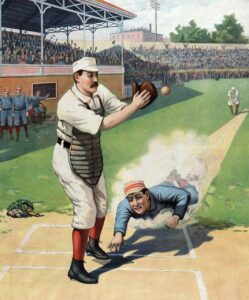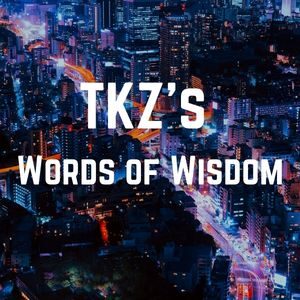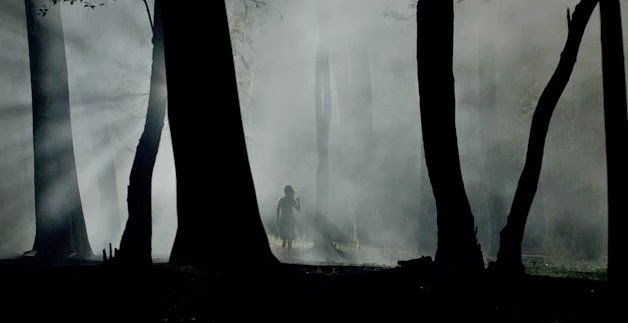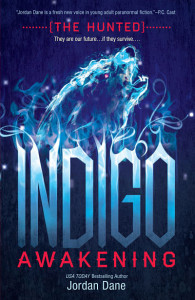 Characters need personal growth to achieve their goals. If the character seeks to improve themselves in some way — at work, in relationships, or spiritually — or defeat the villain, their fatal flaw will often sabotage early efforts.
Characters need personal growth to achieve their goals. If the character seeks to improve themselves in some way — at work, in relationships, or spiritually — or defeat the villain, their fatal flaw will often sabotage early efforts.
Who they are and what they want is at odds with their fatal flaw, which makes it almost impossible to succeed. The character might not even realize they have this flaw until a situation, experience, or event triggers a tsunami of inner turmoil.
Fatal Flaw Defined
A fatal flaw refers to a character trait that leads to their downfall. The term fatal flaw implies the character is heroic and admirable in many other ways. Even the fatal flaw itself could be considered admirable in a different situation but it hinders them in the storyline.
The TKZ archive has several articles about character flaws (here, here, and here, to name a few).
But where does their fatal flaw stem from?
Often, the past is to blame. It doesn’t necessarily need to be from the character’s childhood, though it can be. Was the character abandoned as a child, emotionally, physically, or both? If so, they’d deal with abandonment and/or trust issues as an adult. Or perhaps, their fatal flaw stems from the opening scene in the novel.
What happened to the character to create the inner turmoil within them? We call this the “wounding event,” and it’s crucial to understand the character on an emotional level.
Many factors play a role in determining who we — and our characters — become in life, including environment, mentors/teachers, parents, genetics, and how they were raised. Life is filled with flawed people, all battling their own demons, some more than others. Specific events and long-term exposure to unhealthy ideals, behaviors, and relationships all play a role in shaping a human or fictional character.
The Wounding Event
The most crippling is emotional trauma. Unresolved pain — the wounding event — should impact the character’s life. This defining emotional experience from a character’s past is so debilitating they’ll do anything to avoid that pain again. It colors how they view the world and alters what they believe about themselves and others. The trauma instills a deep fear that it may happen again if the character doesn’t protect themselves.
Or perhaps, your character has a physical defect with long-lasting psychological effects, such as a crippling illness, birth defect, scarring, or disfigurement. The mistaken belief that the character must harden themselves to feel emotionally safe is what allows negative traits to emerge.
The wounding event creates a core belief or insecurity that manifests as a character flaw, causing them to act defensively or in self-sabotaging ways to avoid reliving the pain. The wounding event also refers to a traumatic experience that significantly impacts the character’s psychology and development, or a set of deeply ingrained fears that shape how they interact with the world. It’s the pivotal moment that created the underlying emotional wound that drives their behavior.
Whatever wounding event you choose when crafting a character, it should be hinted at or shown on the page. This will help the reader relate to, and empathize with, the character. It’ll also explain their actions.
At some point in the novel, the character must face their fears — an important scene in the character arc is about confronting and healing from their wounding event.
The ideal placement is about the midpoint. This confrontation within themselves gives the character the inner strength to overcome their fatal flaw and spins the story in a new direction, with a clearer perspective on how to proceed. Or they figure out how to use their fatal flaw to their advantage “through a vein of moral rightness,” as JSB said in an article about character.
Sounds a lot like the mirror moment, doesn’t it? 😉
Secondary flaws can also arise from the wounding event, which will compromise the character’s path and prevent them from reaching their full potential.
Wounds are powerful. Taking the time to probe your character’s past to unearth their wounding event will help you — and the reader — better understand what motivates them and their behavior.
For discussion, what fictional wounding event has stuck with you? To avoid spoilers, only include the title if the wounding event occurs early in the novel.
Or tell us about your character’s wounding event and the fatal flaw that followed.






